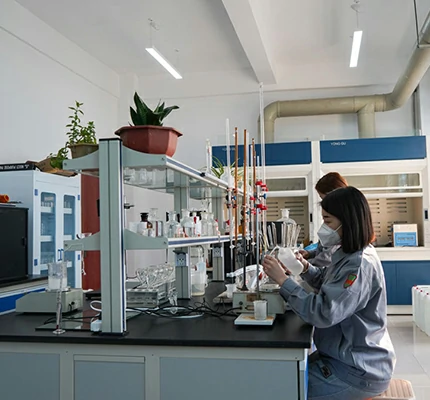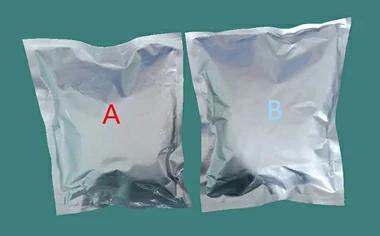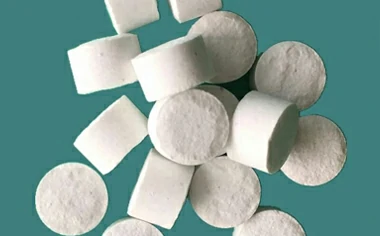Sodium chlorite is a white powder that dissolves in water to form a solution with a mild chlorine odor. Chlorine dioxide is a yellow-green gas that is also soluble in water. Sodium chlorite (NaClO2) is not directly used as a disinfectant. Instead, it acts as a precursor for generating chlorine dioxide (ClO2), a powerful and versatile disinfectant.
Why not Sodium Chlorite Directly
Limited Effectiveness: Sodium chlorite itself has some disinfecting properties, but they are weaker compared to chlorine dioxide. Chlorine dioxide is a more effective disinfectant than sodium chlorite. Chlorine dioxide is effective against a broader spectrum of microorganisms, including bacteria, viruses, and protozoa, making it a preferred choice for water treatment and disinfection applications where a high level of efficacy is required.
Stability: Sodium chlorite can decompose over time, especially under acidic conditions, reducing its effectiveness. Chlorine dioxide is more stable and does not decompose as easily.
Selectivity: Chlorine dioxide is selective in its reactions and does not produce harmful chlorinated disinfection byproducts (DBPs) like chlorination can. This selectivity makes chlorine dioxide a preferred choice in applications where the formation of DBPs must be minimized, such as in drinking water treatment.
Ease of Use: While the conversion of sodium chlorite to chlorine dioxide requires an activation step using an acid, the process is well-established and can be controlled to generate chlorine dioxide on-site as needed. This on-site generation provides flexibility and cost-effectiveness in applications requiring chlorine dioxide.
For these reasons, sodium chlorite is often made into chlorine dioxide for use as a disinfectant. It is used in drinking water treatment, wastewater treatment, food processing, and a variety of other applications.
Conversion Process:
Acid Activation: Sodium chlorite solution is acidified with a weak acid like citric acid or hydrochloric acid. The acid activates the sodium chlorite and initiates the conversion process. This is a more common method for on-site generation of chlorine dioxide, particularly in water treatment plants and swimming pools.
NaClO2 + HCl → ClO2 + NaCl + H2O
In this reaction, the NaClO2 is oxidized by the acid to form chlorine dioxide. The chlorine dioxide is then released as a gas.
Chlorine Activation: NaClO2 reacts with chlorine (Cl2) to produce chlorine dioxide. This method is often used in industrial settings for large-scale disinfection.
NaClO2 + Cl2 → ClO2 + NaCl
In this reaction, the chlorine gas oxidizes the NaClO2 to form chlorine dioxide. The chlorine dioxide is then released as a gas.
In conclusion, sodium chlorite serves as a valuable precursor for generating chlorine dioxide, the conversion of sodium chlorite to chlorine dioxide is done to harness the powerful disinfection, bleaching, and odor control properties of chlorine dioxide for various industrial and environmental applications. Proper handling, activation, and control of the conversion process are essential to ensure safety and effectiveness in utilizing chlorine dioxide.




